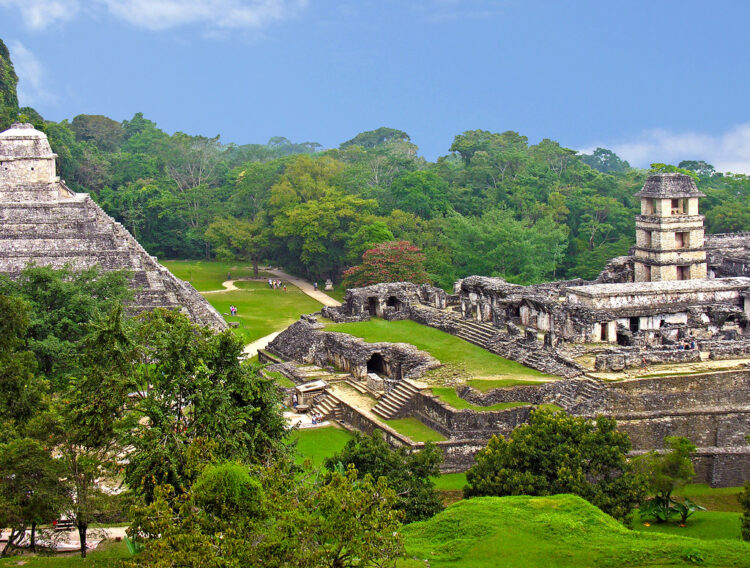
Mexico is diverse and beautiful, famous for its Ancient Mayan Ruins and stunning underground cenotes. While many people know it for its amazing landscapes, beaches, and food, there’s a lot more to discover. Interested? Check out these 15 surprising facts about Mexico that might spark your next adventure!
Mexico City is slowly sinking.

When you visit Mexico, you might notice something pretty unusual about the capital city. Lately, researchers have found that Mexico City is slowly sinking. It’s kind of like a modern-day Atlantis! The city drops about 10 inches yearly because they’re pumping water from the lake beneath it. It’s sunk so much that it recently lost its spot as the 7th highest capital city in the world to Yemen and now ranks #8.
Golden eagle is Mexico’s national bird.

The impressive golden eagle soaring across the U.S. and even up to Canada has a special meaning in Mexico. The country’s national animal appears on the Mexican coat of arms. However, you won’t see many of these eagles in most parts of Mexico—they usually only reach as far south as Guadalajara.
Christmas gifts come on January 6th.

Did you know that kids in Mexico usually get their Christmas gifts on January 6th? That’s when they celebrate Dia de Reyes, or “Three Kings Day.” According to Christian tradition, this holiday honors the day the Three Wise Men are believed to have given gifts to Jesus. Nowadays, many families are also starting to give gifts on December 24th, blending traditional Mexican customs with more modern and Westernized practices.
The oldest university in North and Central America.
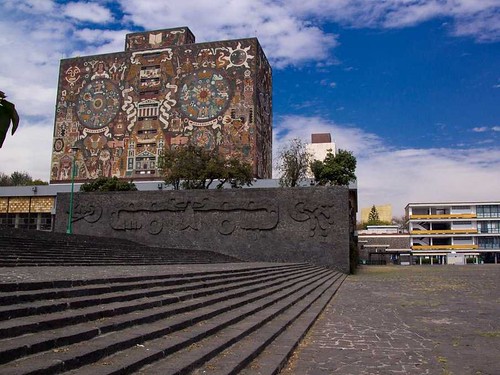
Here’s a fascinating tidbit about Mexico: the Royal and Pontifical University of Mexico, now called the National Autonomous University of Mexico (UNAM), is the oldest university in North and Central America. It was established in 1551—making it over 80 years older than Harvard. This means that Mexico’s university has a long and rich history, well before many of the big names in education we know today.
Mexico is home to the world’s largest underwater cave system.
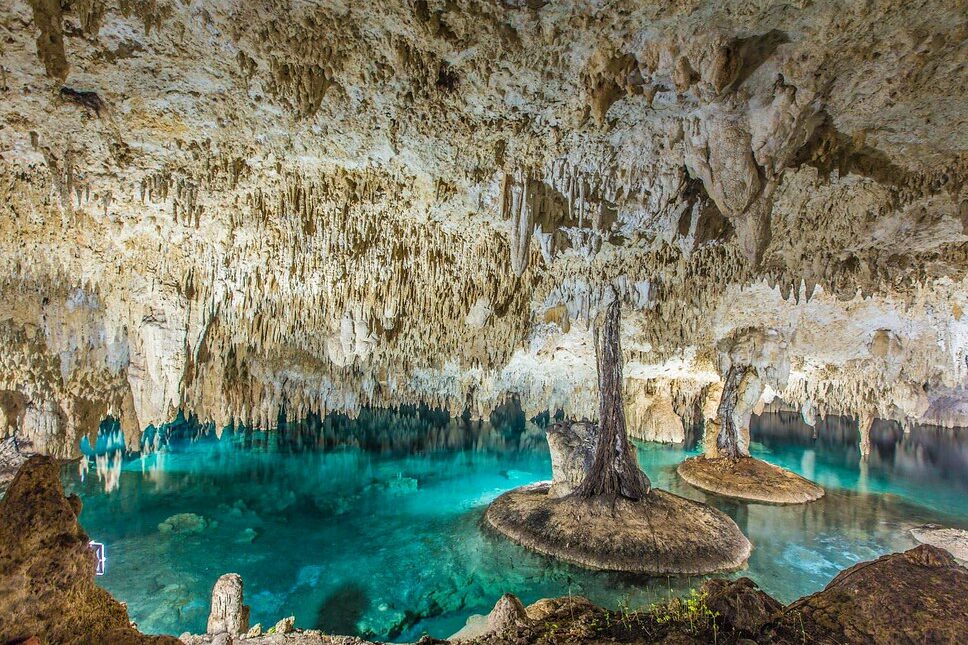
Discovered near Tulum, Sistema Sac Actun stretches for over 216 miles (347 kilometers) and is filled with stunning stalactites, stalagmites, and archaeological remains. This exploration, led by the Gran Acuífero Maya project, revealed significant archaeological and geological findings, adding to the system’s importance.
Mexico City is older than St. Augustine.
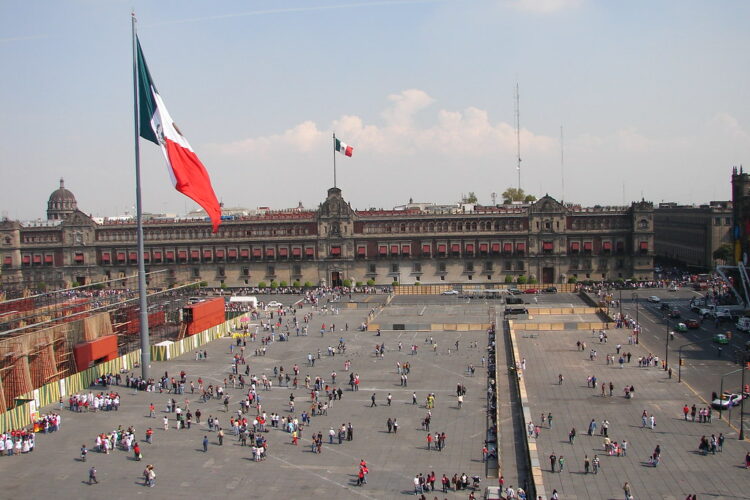
Many people think St. Augustine is the oldest city in North America, but Mexico City beats it by over 40 years. Founded in 1521, Mexico City was built by the Spanish on top of the ancient Aztec city of Tenochtitlán. Today, you’ll see a lot of Spanish influence in Mexico City, along with some U.S. touches. You can still spot hints of its indigenous past, but they’re not as obvious as they used to be.
Color TV was invented in Mexico.
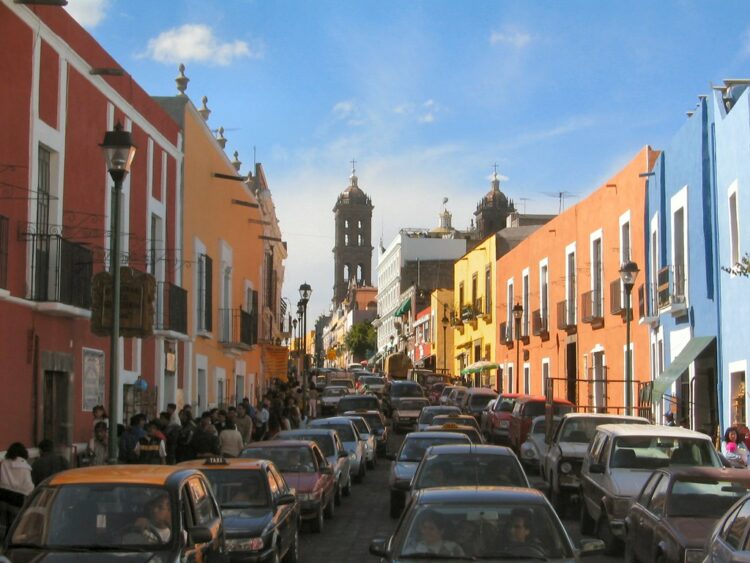
Yes, it’s true! In 1963, engineer Guillermo González Camarena changed television history with his trichromatic sequential field system. Thanks to him, Channel 5 aired the kids’ show Paraíso Infantil (Children’s Paradise) in color for the first time. So, the next time you’re enjoying your 4K TV, you’ve got Mexico to thank!
There are women-only subway cars in Mexico City.

Mexico City has special subway cars just for women. These cars are meant to provide a safer space for women by keeping men out. While Mexico City does have its share of crime, it’s about as safe as New York City and is considered one of the safer places to visit in Mexico. Kids under 12 are also allowed to sit in these women-only sections.
Carlos Slim was once the richest man.

Carlos Slim might be eighth on the list of the world’s richest people, but he’s been at the top. He started out as a stockbroker but soon dived into all sorts of businesses—from communications and infrastructure to Jarritos soft drinks. He’s also a big-time philanthropist famous for setting up the Museo Soumaya in Mexico City.
Mexico introduced chocolate to the world.

When chatting about fun facts about Mexico, you can’t skip the food. While the country’s dishes are amazing, chocolate is one of its most famous exports. This tasty treat comes from the Oaxaca region, where creamy hot chocolate is a popular drink. Chocolate is also a key ingredient in many of Mexico’s famous moles—often considered a national dish.
Snack on bugs in Mexican markets.
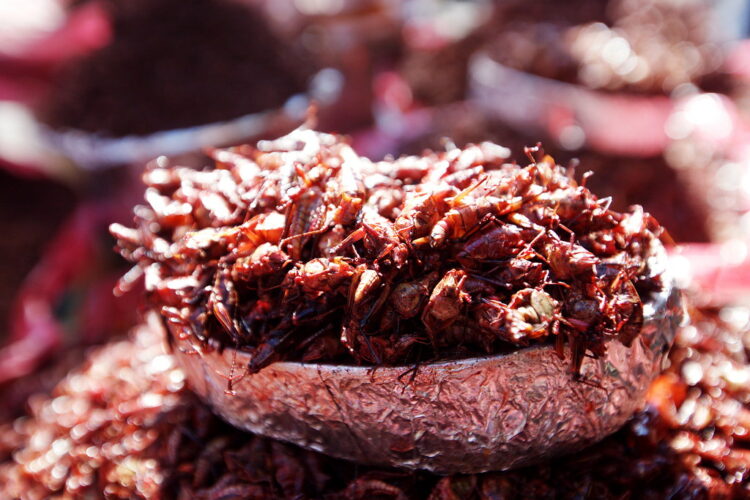
Walking through any market in Mexico, you might come across grasshoppers, spiders, and even scorpions for sale as snacks. While this might seem a bit scary to some, adventurous eaters can find some great treats among these unusual foods. If you’d rather skip the creepy crawlies, Mexico City is a top spot for vegan food. The city has jumped on the global trend of offering more plant-based options.
Mexico is LGBTQ+ friendly.

Same-sex marriage and adoption are both legal in Mexico! Despite its strong Roman Catholic roots, Mexico has seen a social shift towards more openness. The country now proudly markets itself as gay-friendly—with Mexico City leading the way. As of 2024, Mexico is ranked #50 on the list of the most LGBTQ+-friendly countries to visit.
The smallest volcano in the world is in Mexico.
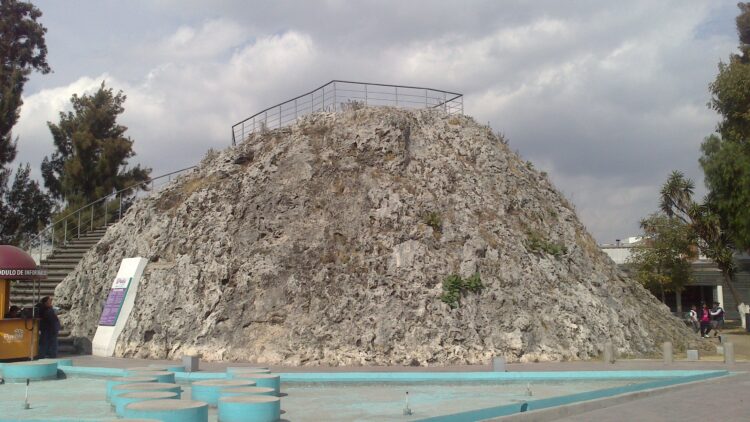
Mexico is also home to the world’s smallest volcano, or should we say “small cano”? The Cuexcomate Volcano is just outside Puebla and only 43 feet tall. That’s tiny compared to Mauna Loa in Hawaii, which is 13,678 feet tall—Cuexcomate is barely a hill by comparison! From another perspective, it’s less than half the height of the Statue of Liberty. And here’s a twist: this “volcano” isn’t a volcano at all but a geyser that erupted from the ground.
The largest pyramid by volume is in Mexico.
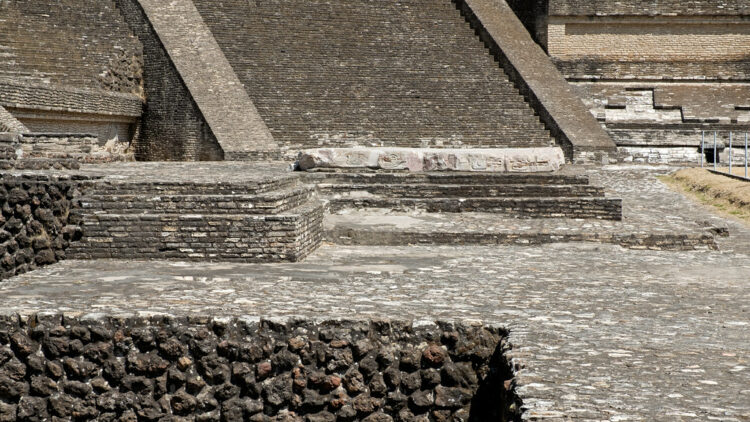
Egypt is famous for its pyramids, but Mexico has a claim to fame with the largest pyramid in the world by volume! The Great Pyramid at Cholula, near Puebla, is even bigger than the ones in Giza. While it’s not as ancient as the Egyptian pyramids—it’s still pretty impressive and covers a massive area. It’s a fantastic example of Mexico’s incredible history and architecture.
Day of the Dead symbol started as satire.
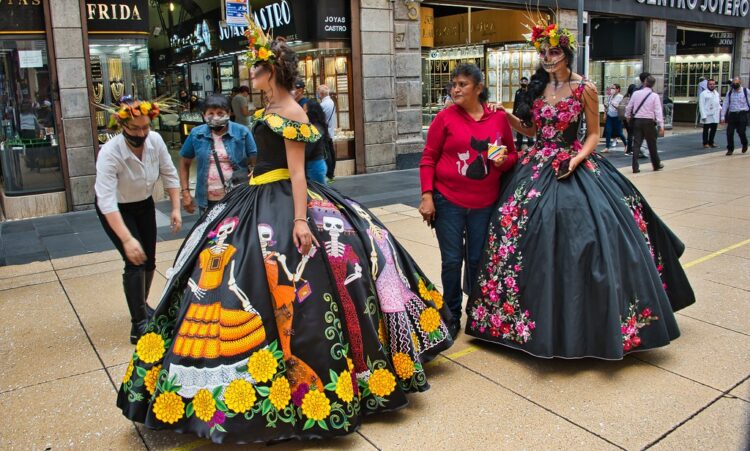
Experiencing Día de los Muertos, or the Day of the Dead, in Mexico is something you’ll never forget. The heart of the lively celebrations is in Oaxaca, where you’ll see many people with their faces painted like skulls. This iconic figure—La Catrina, might look like she’s always been part of the holiday, but she actually started as a character in a Mexican comic.

